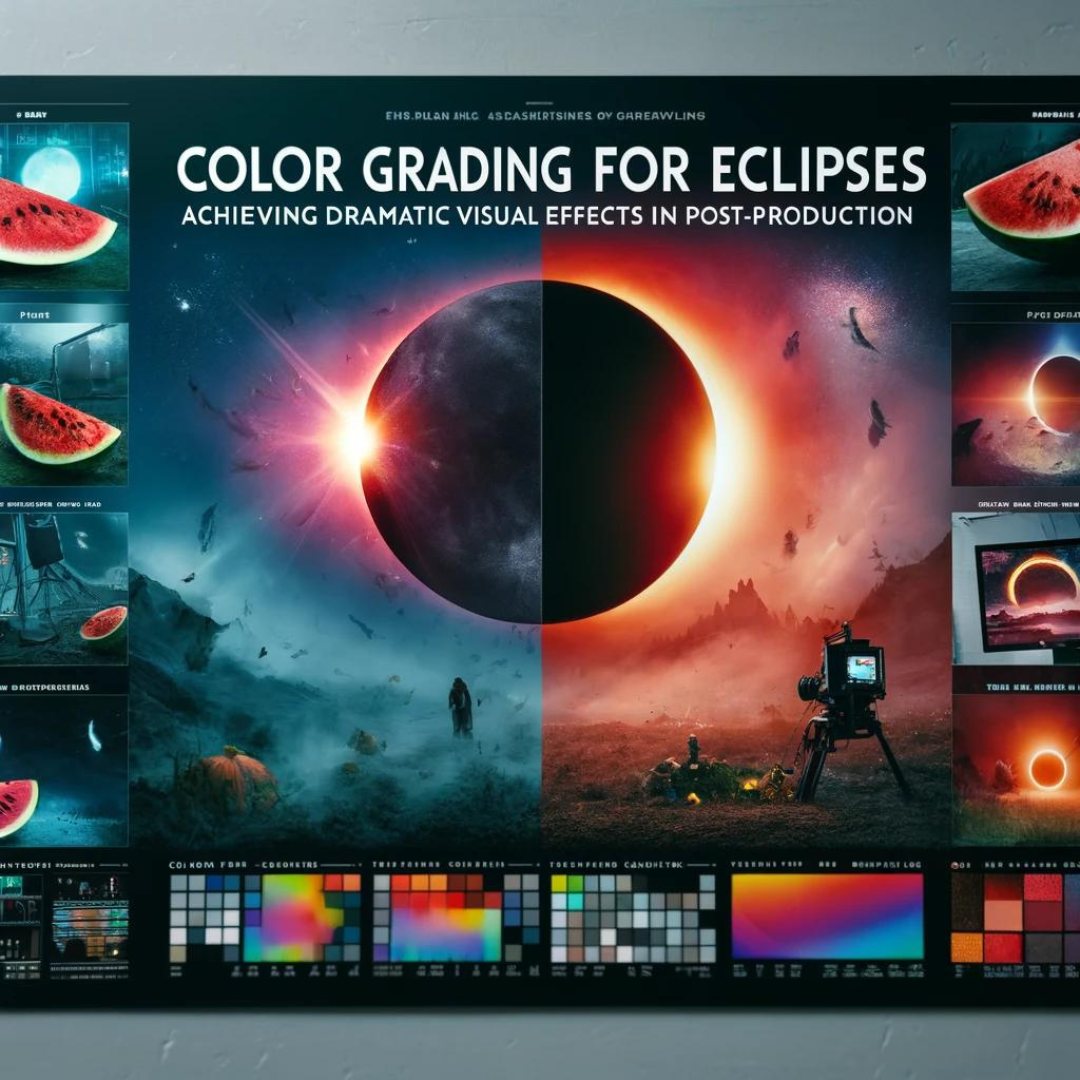
If you have recently filmed a scene featuring an eclipse, you might find that the footage comes out looking dull and lackluster when it’s gone through post-production. Thankfully, there are a few things you can do to make your eclipse scenes pop. One of these is color grading.
What is Color Grading?
Color grading is the process by which the images in a film or video are altered to enhance their visual appeal and create a specific atmosphere. It involves changing the hue, brightness, contrast, and saturation of an image or sequence of images to achieve the desired look.
When it comes to editing eclipse scenes, color grading can help to create an appropriate visual effect that highlights the unique features of an eclipse. In a typical eclipse scene, the shadows are long and the colors are richer and more intense. These features can be brought out through the color grading process.
Getting Started with Color Grading
The first step in the process of color grading is to find the right software. There are a range of options available, from more complex premium software to free versions. Three popular programs for color grading are Adobe Premiere Pro, Final Cut Pro, and DaVinci Resolve.
Deciding on the Right Look
Once you have your software set up, the next step is to decide on the look you want to achieve in your eclipse scene. Before getting started with color grading it’s important to have a clear vision of the look you want to achieve.
Editing the Footage
After you have a clear idea of the look you want to achieve, it’s time to start editing the footage. You will need to create a new sequence and select the raw footage that you want to apply color grading to. You can then begin to adjust the hue, brightness, contrast, and saturation to create the desired effect.
Tweaking the Look
After you have created the look you want, you can start to tweak it to give it an extra layer of polish. This might involve adjusting the gamma and the black point to achieve a more intense look. Selective color grading is also used to adjust certain areas of the footage, such as the highlights, shadows, and midtones. You can also add a curve to the footage to further enhance the look.
Making the Most of Your Eclips
Color grading is a powerful tool for making the most of an eclipse scene. It can help to create a specific atmosphere and highlight the unique features of an eclipse. By finding the right software, deciding on the right look, editing the footage, and tweaking the look, you can make your eclipse scene pop and create a dramatic visual effect.
Color grading is a skill that takes time and practice to master, but it’s a great way to bring a professional finish to any eclipse film. So if you’re planning to work with eclipse scenes in post-production, make sure to give color grading a try.
